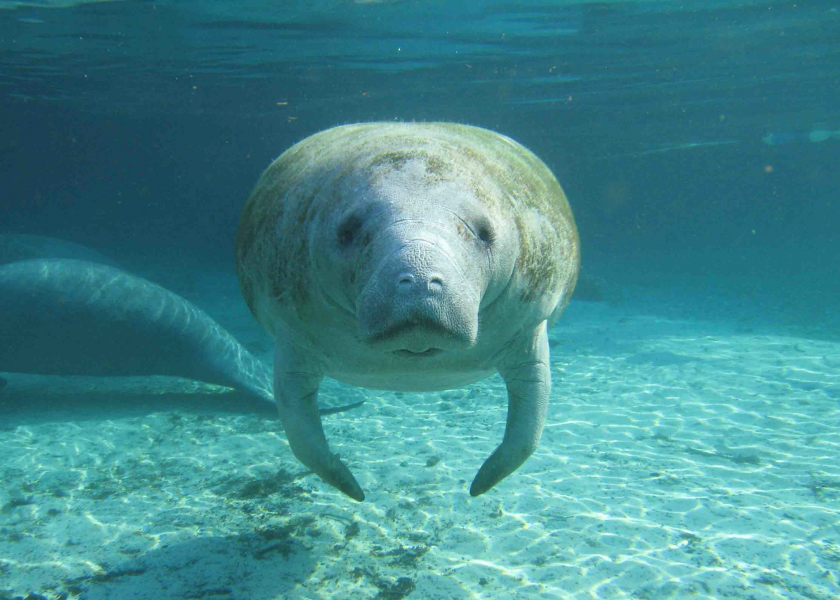Manatees in Ice Age Texas
October 21, 2021

Populations of manatees probably called Texas home during the last ice age, according to fossil research led by the Jackson School of Geosciences.
The findings were published in Palaeontologia Electronica in October 2020. Jackson School Professor Christopher Bell led the research.
The paper describes eight fossils. Most were collected from McFaddin Beach near Port Arthur and Caplen Beach near Galveston by amateur fossil collectors who donated their finds to the Sam Houston State University Natural History Collections. Two of the fossils are from the Jackson School Museum of Earth History collections.
A lower jawbone fossil donated by amateur collector Joe Liggio jumpstarted the research. When the researchers sought other manatee fossils for comparison, they were initially met with skepticism by fossil sellers, who told them point-blank “there are no Pleistocene manatees in Texas.”
But examination of the fossils proved most of the bones belonged to the same species of manatee that visits the Texas coast today, Trichechus manatus. An upper jawbone donated by U.S. Rep. Brian Babin belongs to an extinct form of the manatee, Trichechus manatus bakerorum.
The fact that manatees were in Texas when waters were even less hospitable than they are today raises questions about the ancient environment and ancient manatees. Either the coastal climate was warmer than is generally thought, or ice age manatees were more resilient to cooler temperatures than manatees of today.
According to Jackson School Professor David Mohrig, who was not part of the research team, the Texas manatees may have ridden out winters in river outlets, as they do today in Florida and Mexico.
Back to the Newsletter